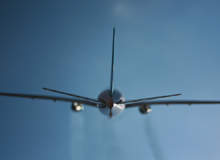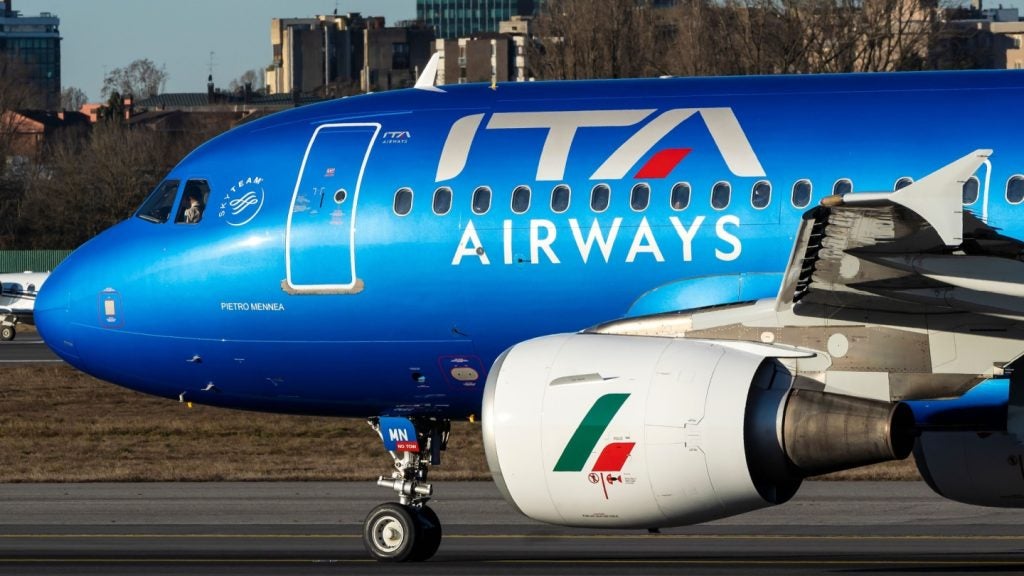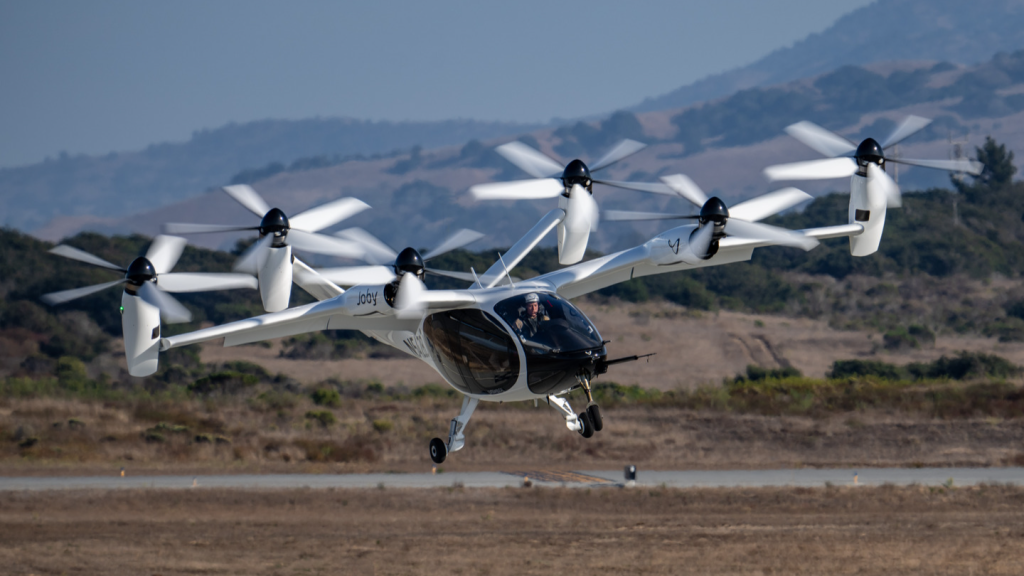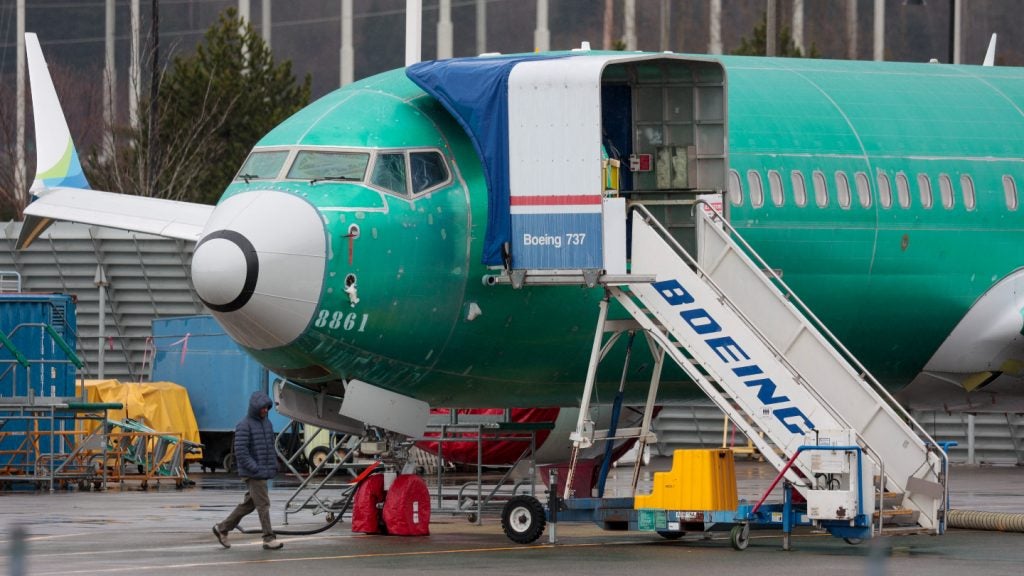
The aviation industry is becoming increasingly aware of the need to control emissions and is getting involved in initiatives to tackle climate change. Controversially, the EU has mandated that airlines departing and arriving in its borders must abide by an emissions trading scheme, making efforts to reduce emissions and purchasing carbons credits.
In addition, in mid-June 2009 European airports began a carbon-measuring scheme, aimed at reducing the impact of their operations on the environment. The Airport Carbon Accreditation programme is the first global, independently verified certification scheme to measure, report and reduce emissions from airports.
A new report by GlobalData Carbon Trading in Aviation: Birth of a New Market has found that these new emissions schemes are gaining in controversy around the world.
Carbon trading aims to reduce emissions by allowing companies to trade in carbon credits, which each represent a certain amount of emissions. If a firm thinks it will emit more emissions than it has credits it can purchase more.
The number of credits in the marketplace will be lowered over time with the aim of reducing greenhouse gases emitted into the atmosphere.
See Also:
In addition to individual company targets, each country also has a specific number of assigned amount units that translate into the quantity of emissions it can emit. With international flights, the challenge then involves deciding which country to designate the emissions to and how the airports should regulate this process.
How well do you really know your competitors?
Access the most comprehensive Company Profiles on the market, powered by GlobalData. Save hours of research. Gain competitive edge.

Thank you!
Your download email will arrive shortly
Not ready to buy yet? Download a free sample
We are confident about the unique quality of our Company Profiles. However, we want you to make the most beneficial decision for your business, so we offer a free sample that you can download by submitting the below form
By GlobalDataEU spearheads carbon schemes
Aviation is the fastest-growing source of carbon emissions and polluting gases that are dispersed directly into the atmosphere. The European Commission’s Directorate General for the Environment has found that aviation contributes 3% to the EU’s carbon emissions.
According to the International Panel on Climate Change, 15% of manmade global warming is likely to come from the aviation industry by 2050.
In addition, research carried out by East Anglia University in the UK shows that if the UK were to reach its target of a 60% cut in emissions by 2050 – and emissions from aviation were not curbed – the entire permissible emissions from the UK would come from the aviation sector alone.
For airports, the new accreditation scheme launched at the 19th ACI Europe Annual Congress on 17 June 2009 is the result of the Airports International Council’s pledge made in 2008 to establish a framework for the reduction of carbon emissions among its members.
Within the scheme airports will be assessed on the actions they are taking to improve their environmental performance, working closely with air traffic controllers and ground staff.
Not all are convinced, however, that the programme will be that effective. Ascend Worldwide aviation analyst Gary Crichlow says that the lack of enforcement may be a stumbling block to the scheme’s success. “The airport accreditation scheme is voluntary and does not have a deadline for carbon neutrality which, given the investment required and the state of the economy right now, probably means that it’s going to be difficult to deliver some real progress,” he explains.
Although hubs signed up to the initiative include Dubrovnik, Frankfurt and Manchester, Crichlow notes the fact that airports such as Heathrow haven’t signed up to the venture could be telling as to how seriously it is being taken in the industry.
Causing controversy
Europe’s aviation emissions trading scheme has been highly controversial as it mandates countries outside the EU, including the US, to abide by also limiting carbon emissions and purchasing credits. It has been estimated that European airlines will have to spend $65bn over the next 15 years on credits and cleaner technologies; it was therefore deemed uncompetitive to let these businesses shoulder the costs alone.
The scheme has received a huge amount of opposition from the airline industry. Its most notable opponent is the Air Transport Association, which represents the principle US airlines. It argues that US airlines are more heavily focused on building fuel-efficient fleets, lightweight planes and looking into green fuels.
Airlines around the world are planning to do battle with the EU as they see the scheme as a breach of international agreements. Protestors against the scheme advocate that battling emissions with modernised and more fuel-efficient aircraft, as well as better traffic management procedures at airports, are better ways to proceed.
Crichlow says that how you view the scheme depends on your frame of reference. “Given that everyone has to pay if they want to fly into, out of or within the EU, regardless of nationality it is ‘fair’,” he says. “However, if the question then becomes a matter of looking at non-EU airlines looking to capture transfer traffic outside the EU – the Middle Eastern carriers looking to connect, say, North/Latin American passengers to Asia, Africa or the Middle East – that otherwise would have transited within the EU, then it’s obviously not a level playing field.”
In addition to possibly having a detrimental impact on European airports, how the emissions will be measured is also a controversial topic. “The legislation states that each member state will be responsible for administering a share of the 2,800 operators – generally, operators based within that member state as well as non-EU operators that have significant air activity in the area,” says Crichlow.
This does not guarantee even distribution or that money will go back into carbon-crunching projects. “Not surprisingly, the UK has the lion’s share,” adds Chrichlow. “While revenues generated from the scheme – and collected by each member state from the operators it administers – are ostensibly to be used for climate-change alleviation projects, the UK has refused to specifically earmark its expected ETS revenues for such projects.”
To try and ensure the scheme’s success the EU is also pushing forward legislation to bring member states under a “single European sky”. The idea is to form functional blocks by 2012 that will allow airlines to maximise energy savings by flying the shortest possible route between two ports. It is estimated that this will reap €40bn in cost savings and cut greenhouse gases by 12%.
The need to purchase carbon credits may force airlines to increase ticket prices but the single-sky concept is likely to control this escalation. Whether more airports come on board with the voluntary accreditation scheme is a game of “wait and see”, but the success of mandatory carbon schemes compared with the slow beginnings of voluntary ones may set a likely precedent.
For more GlobalData reports, visit the report store at www.globaldata.com.






